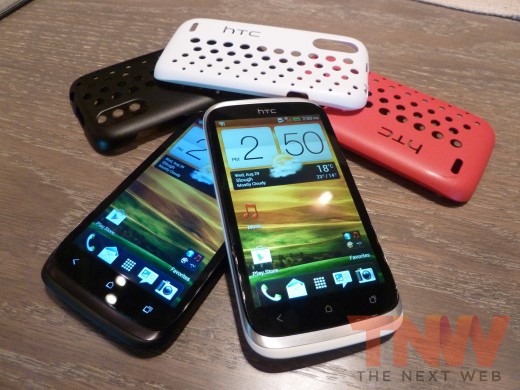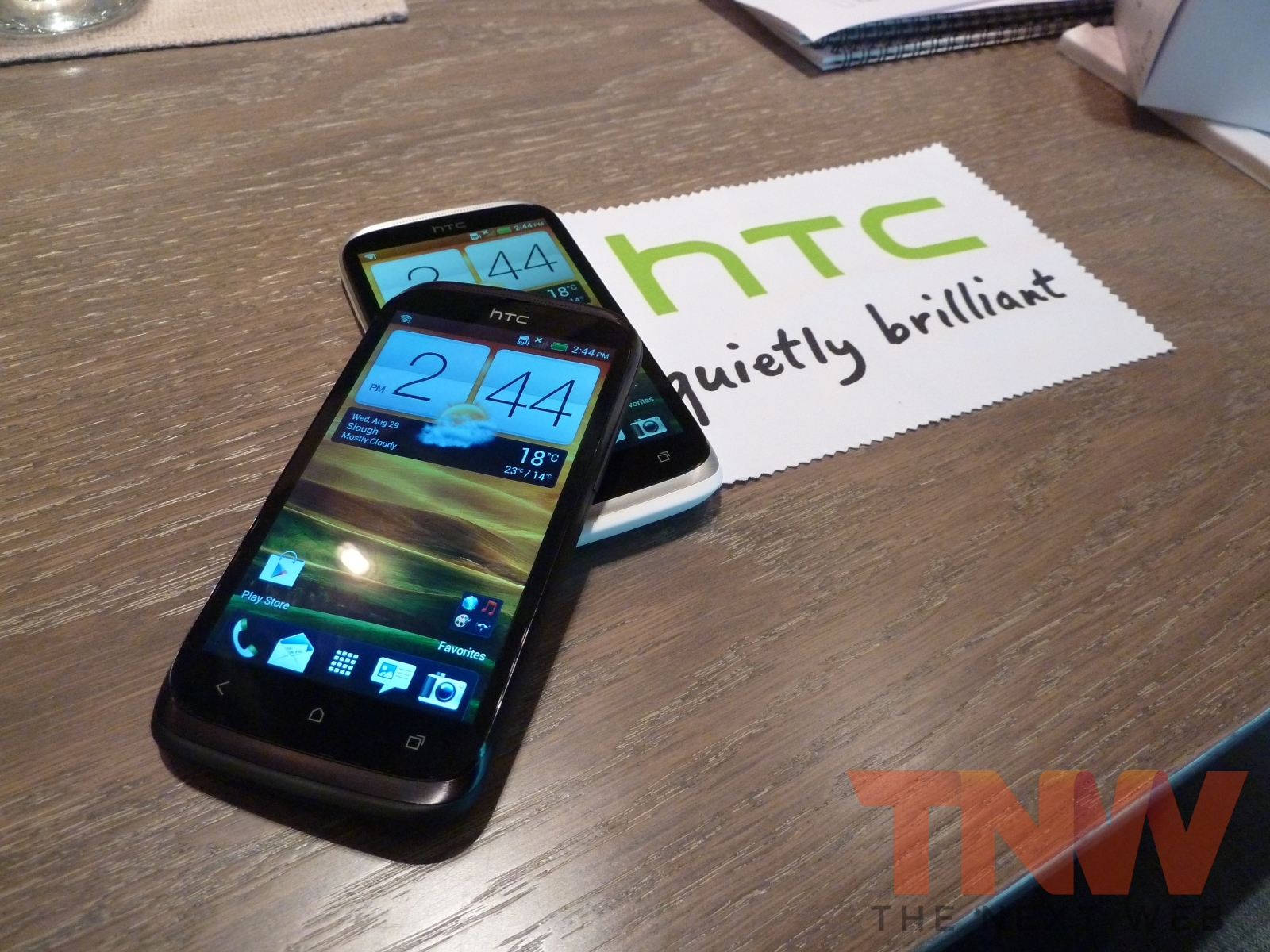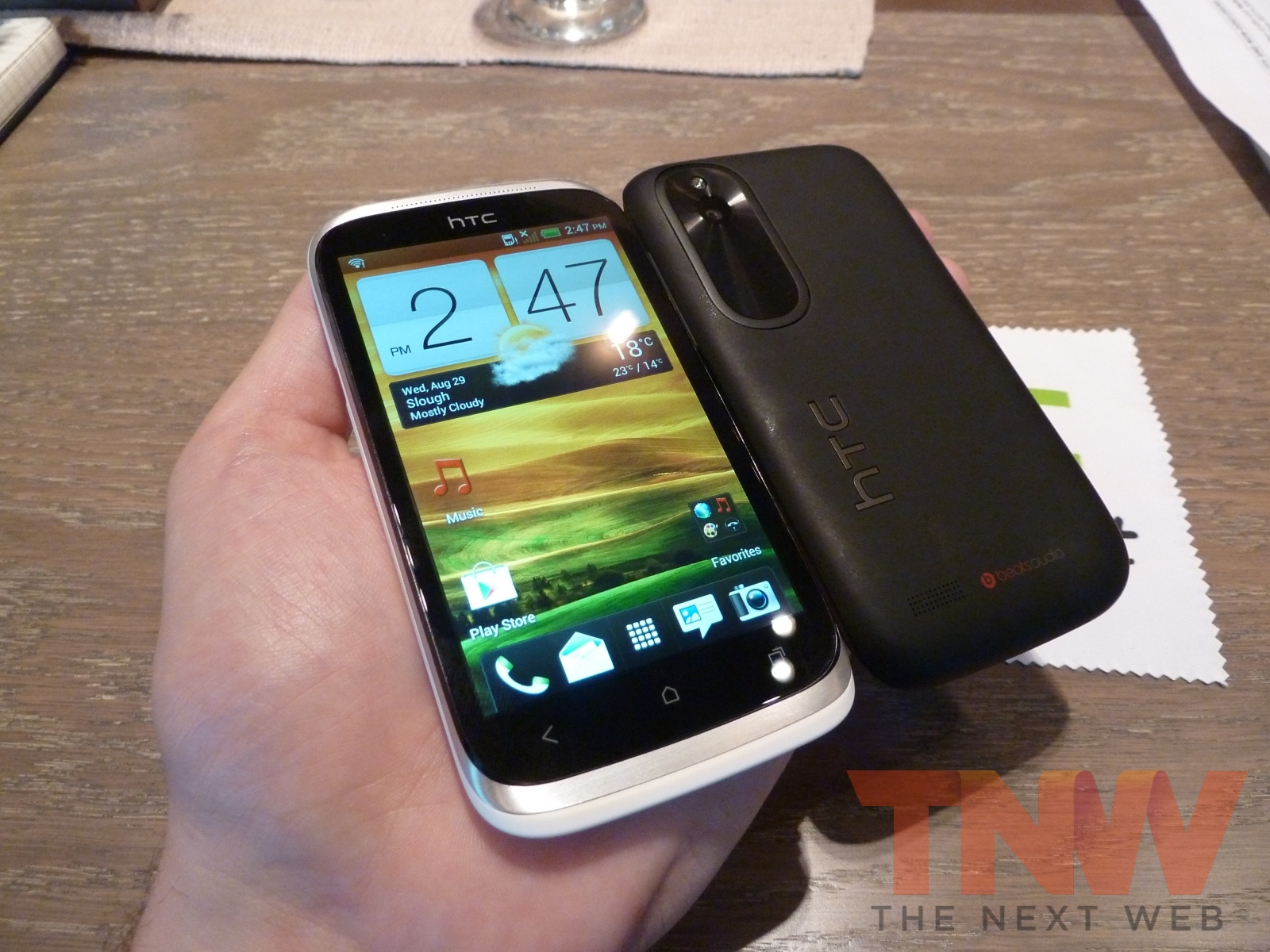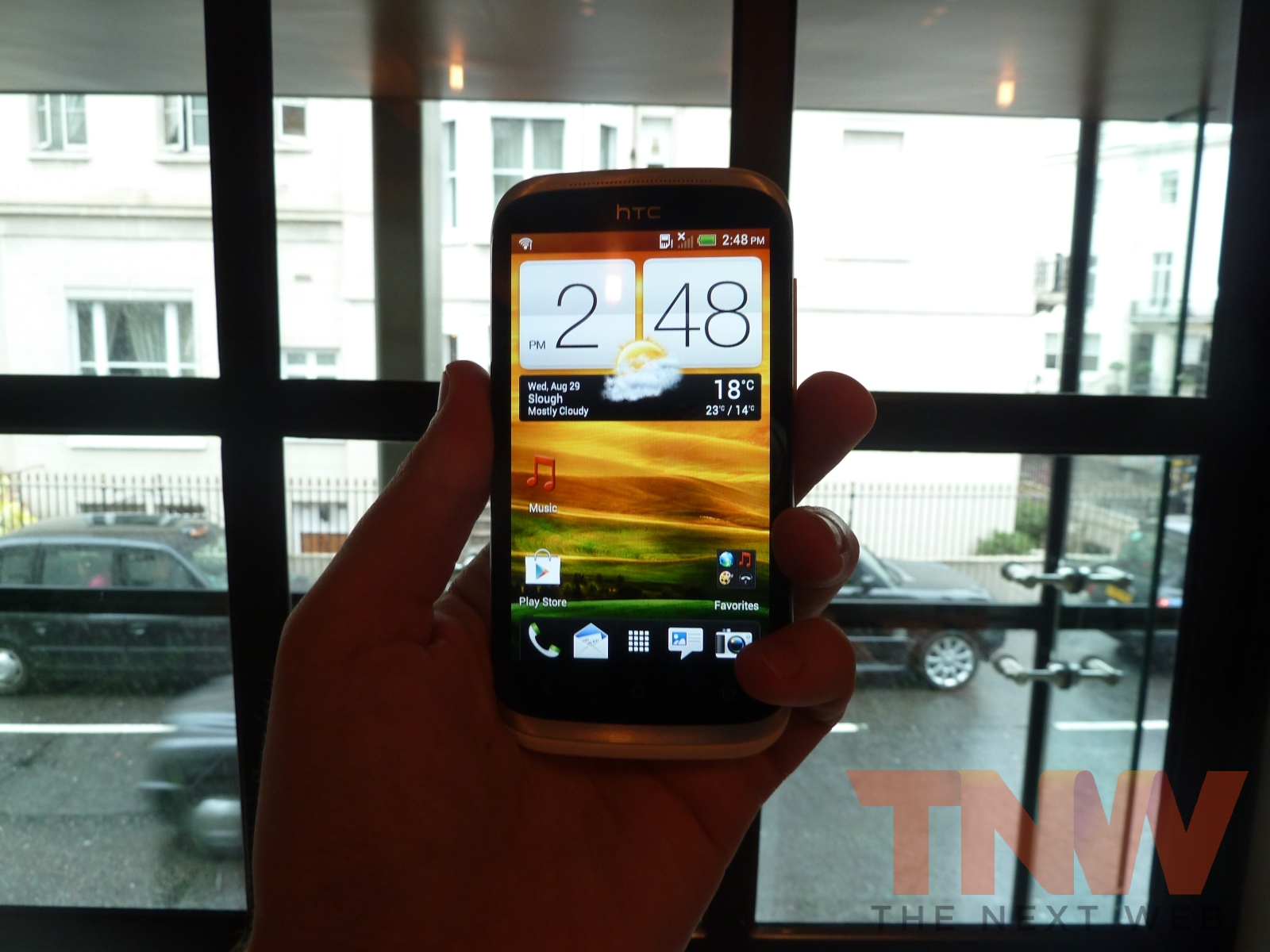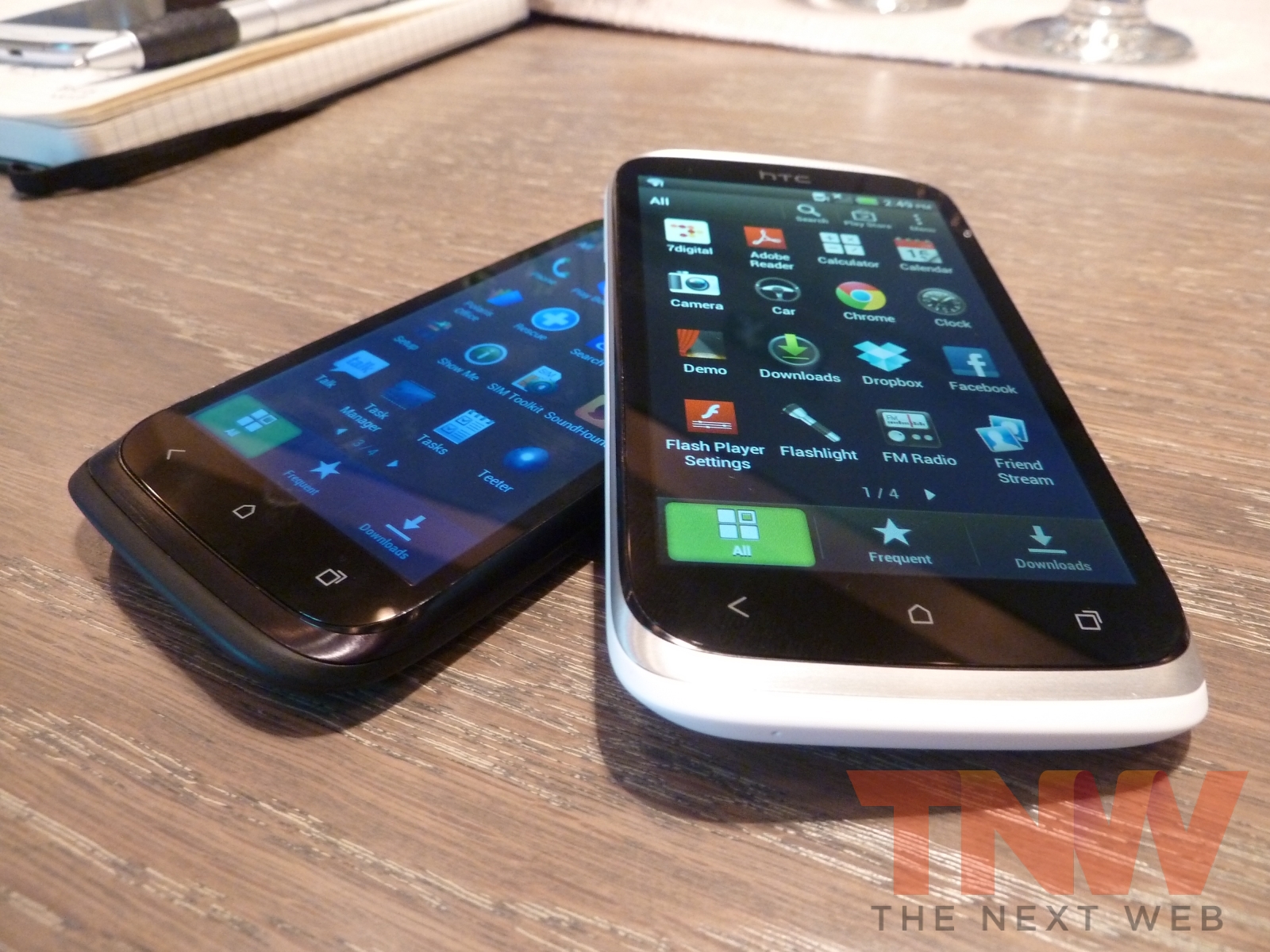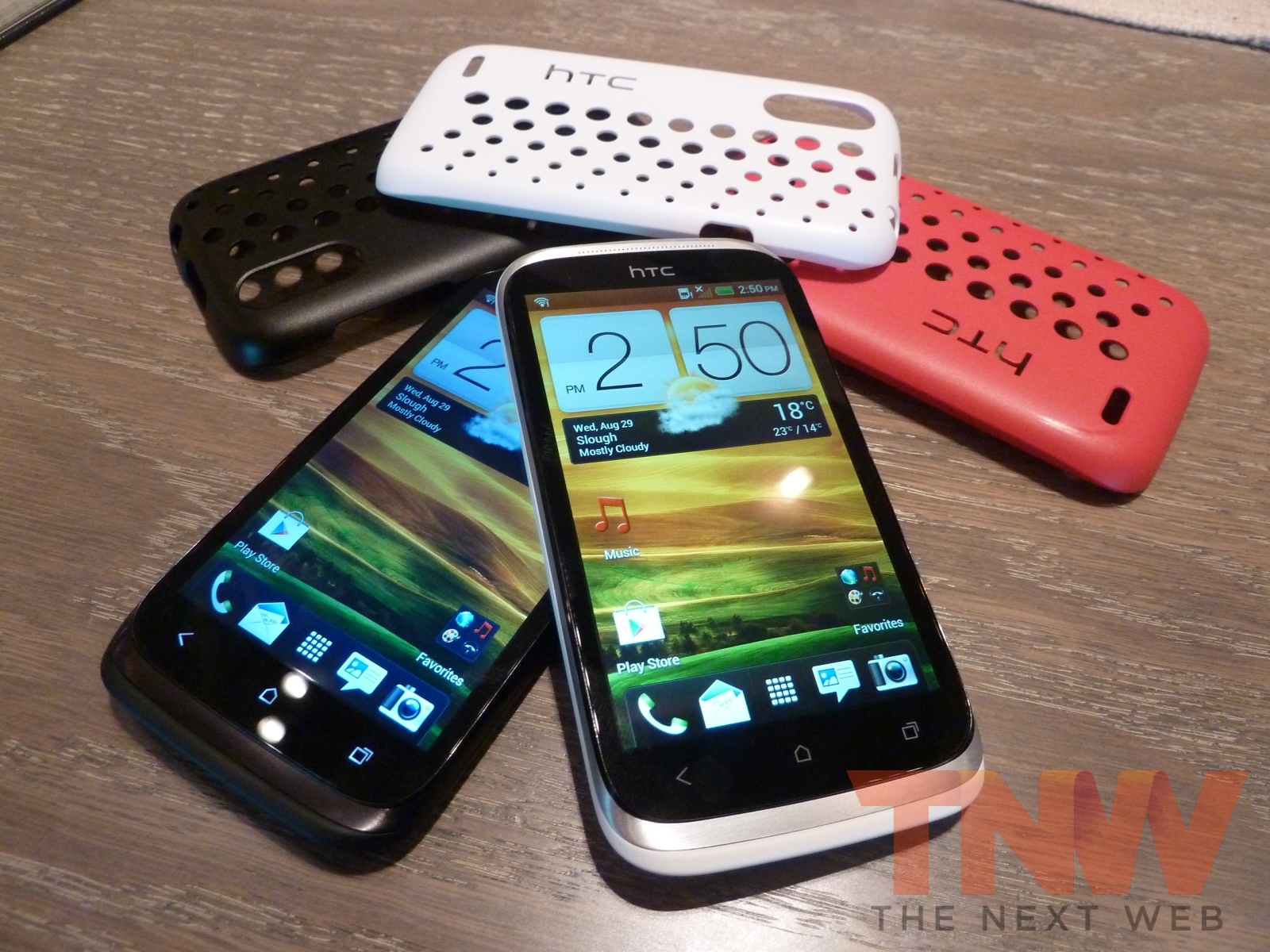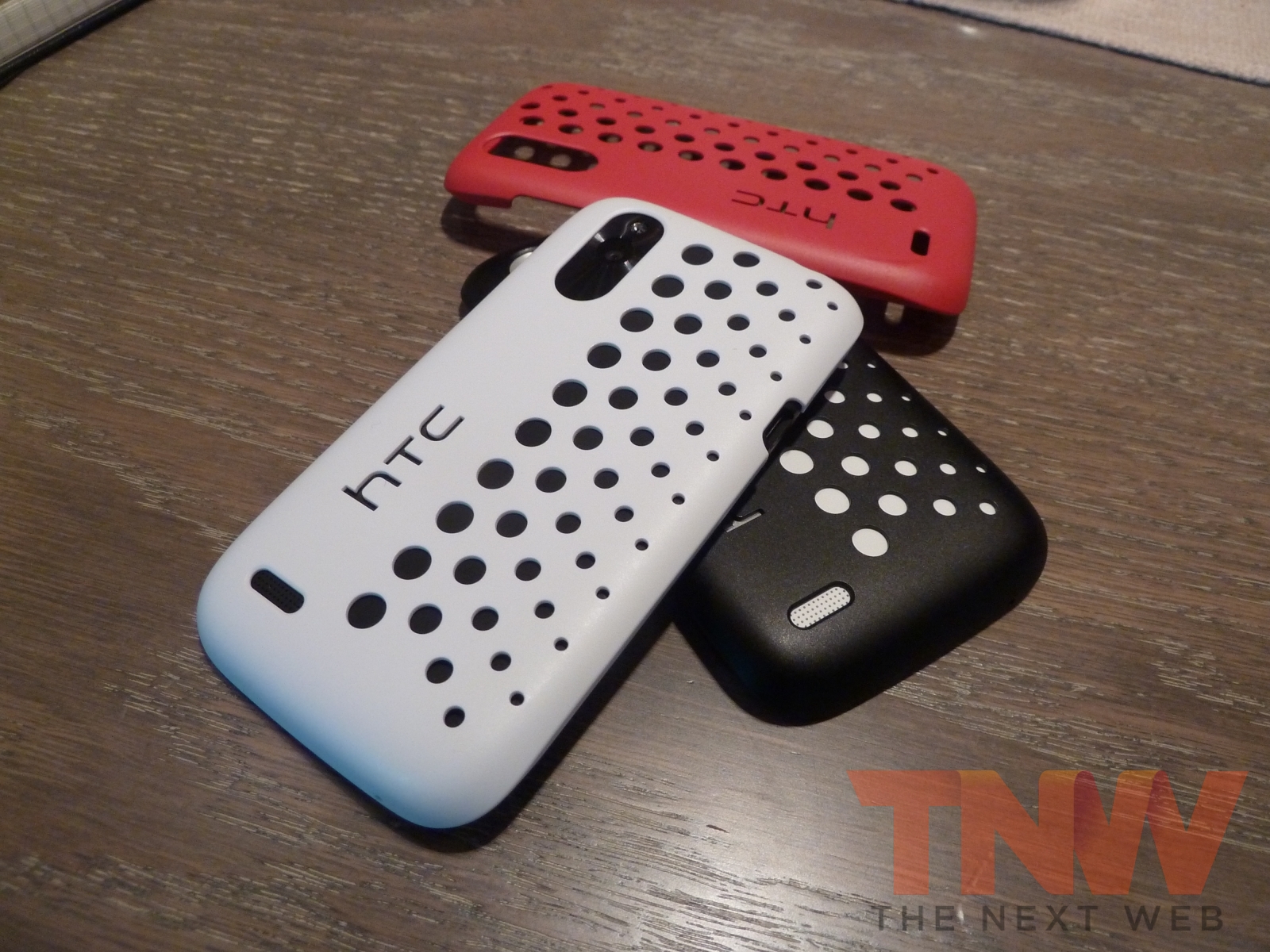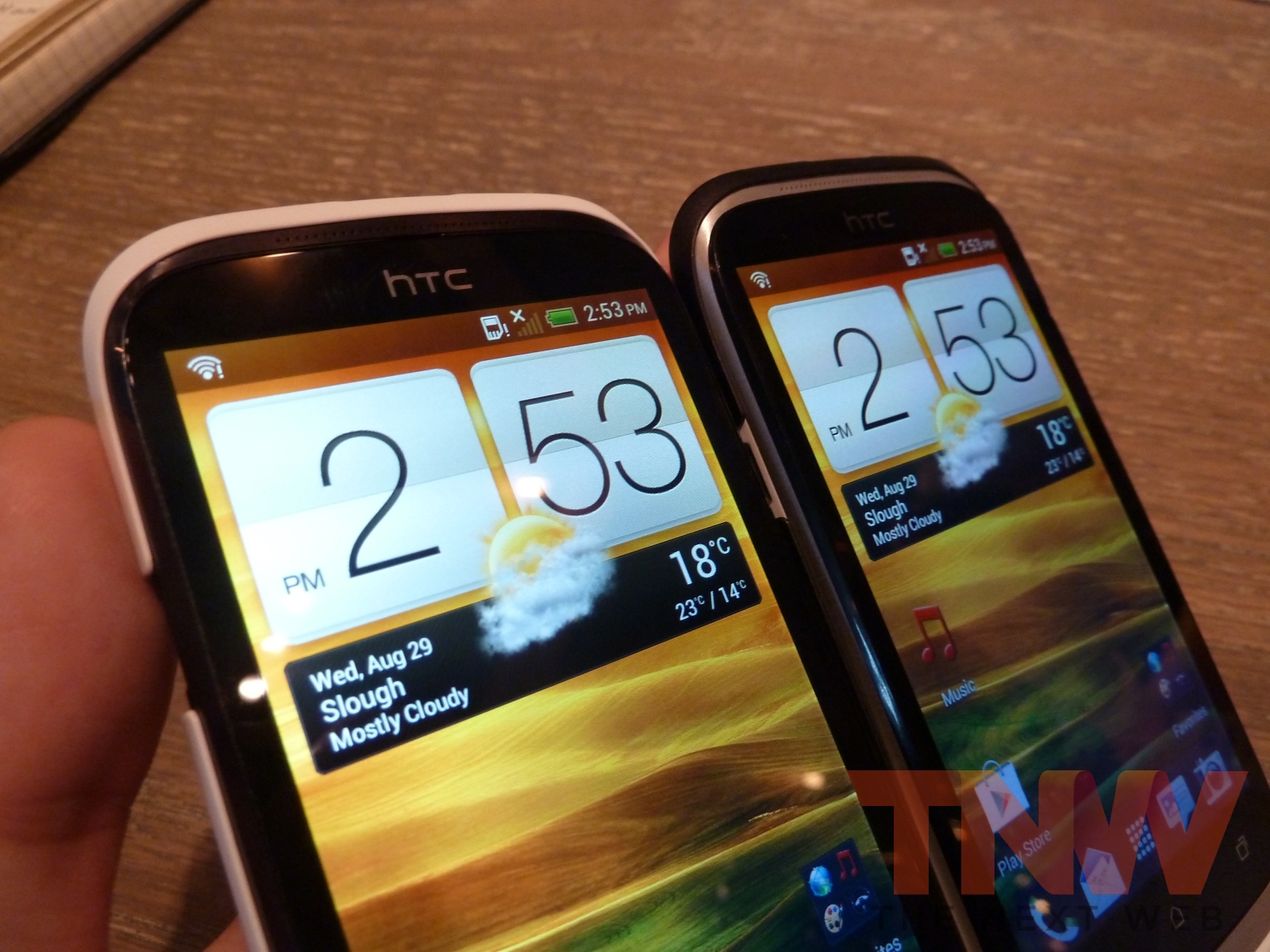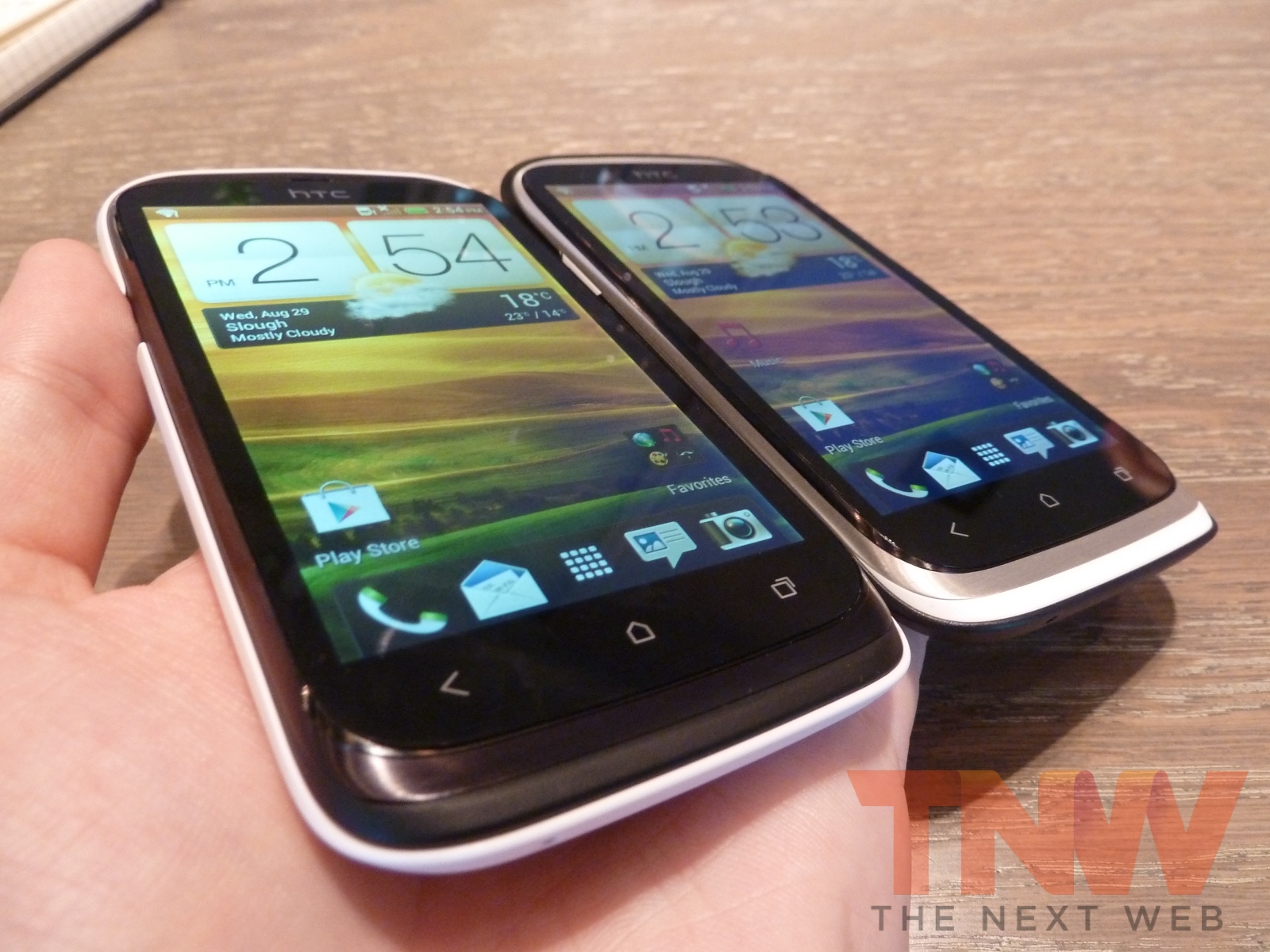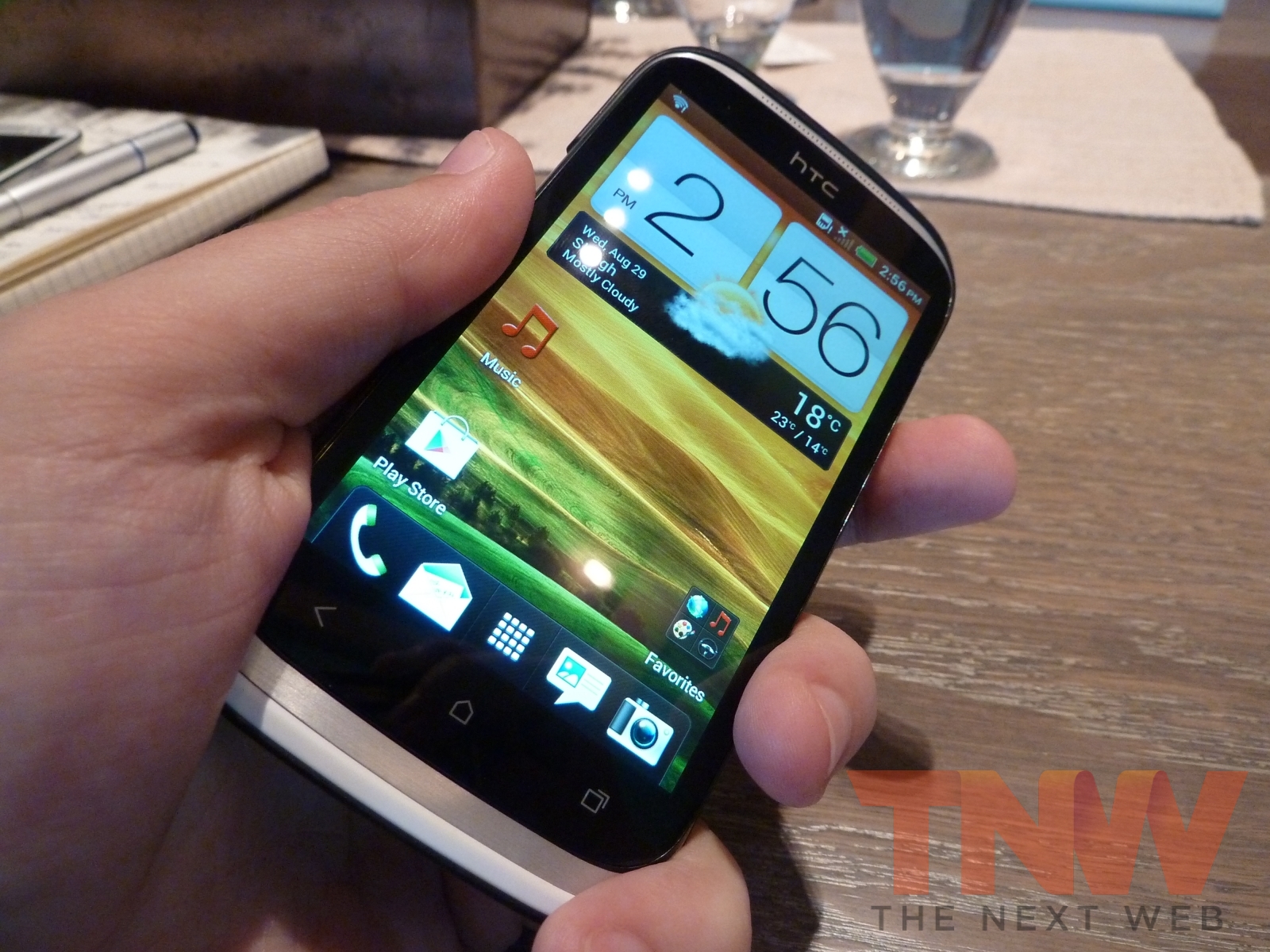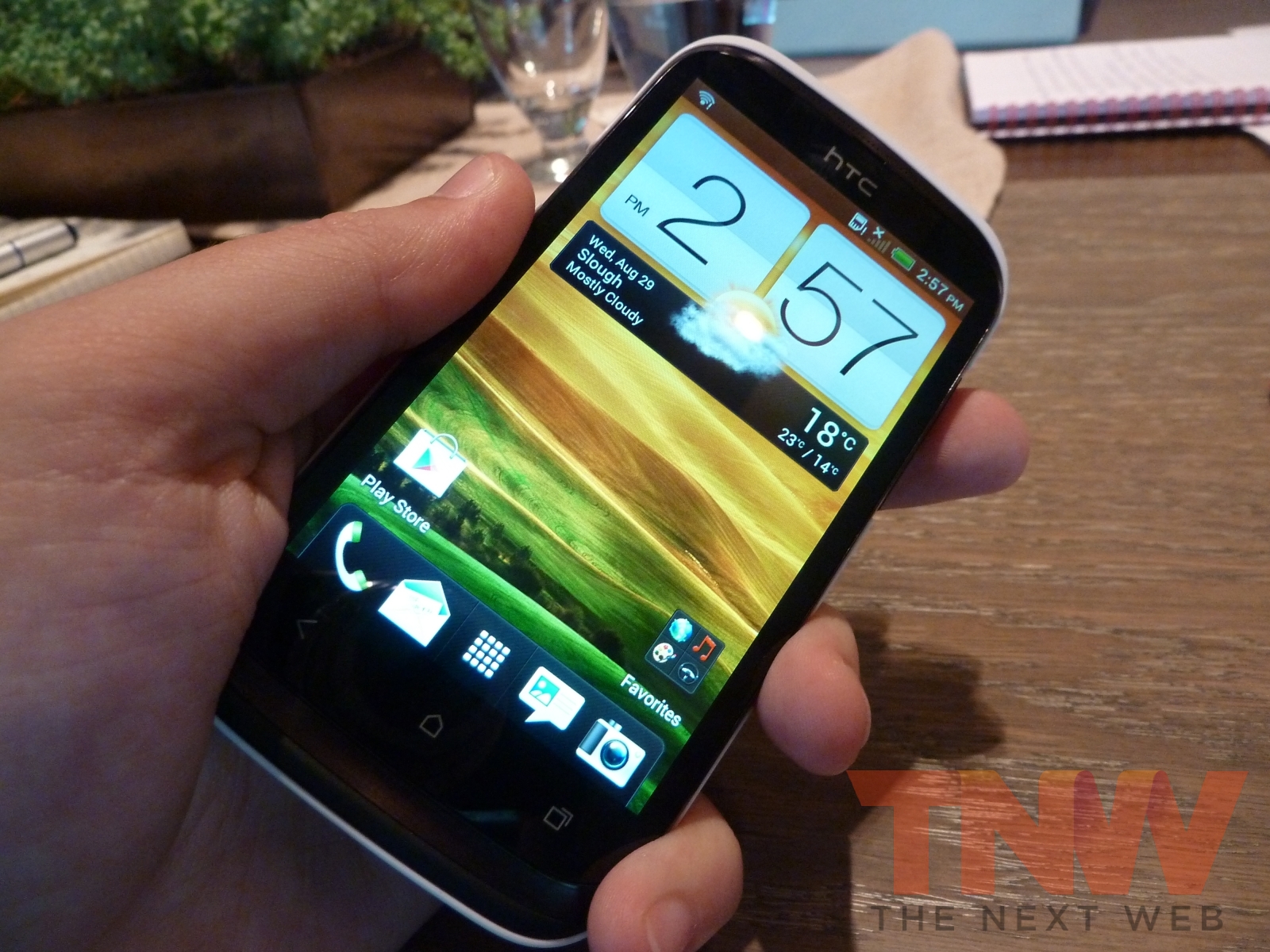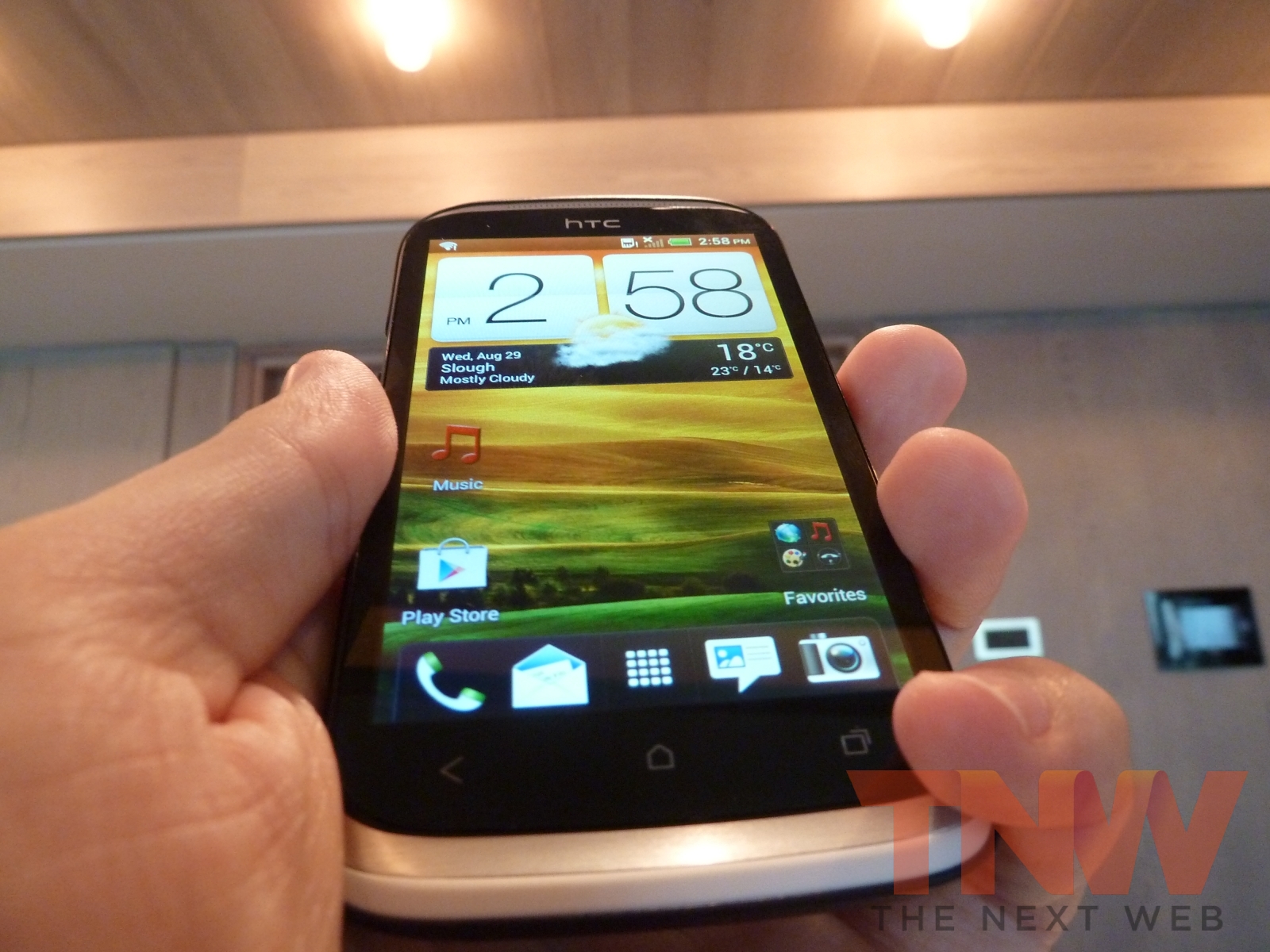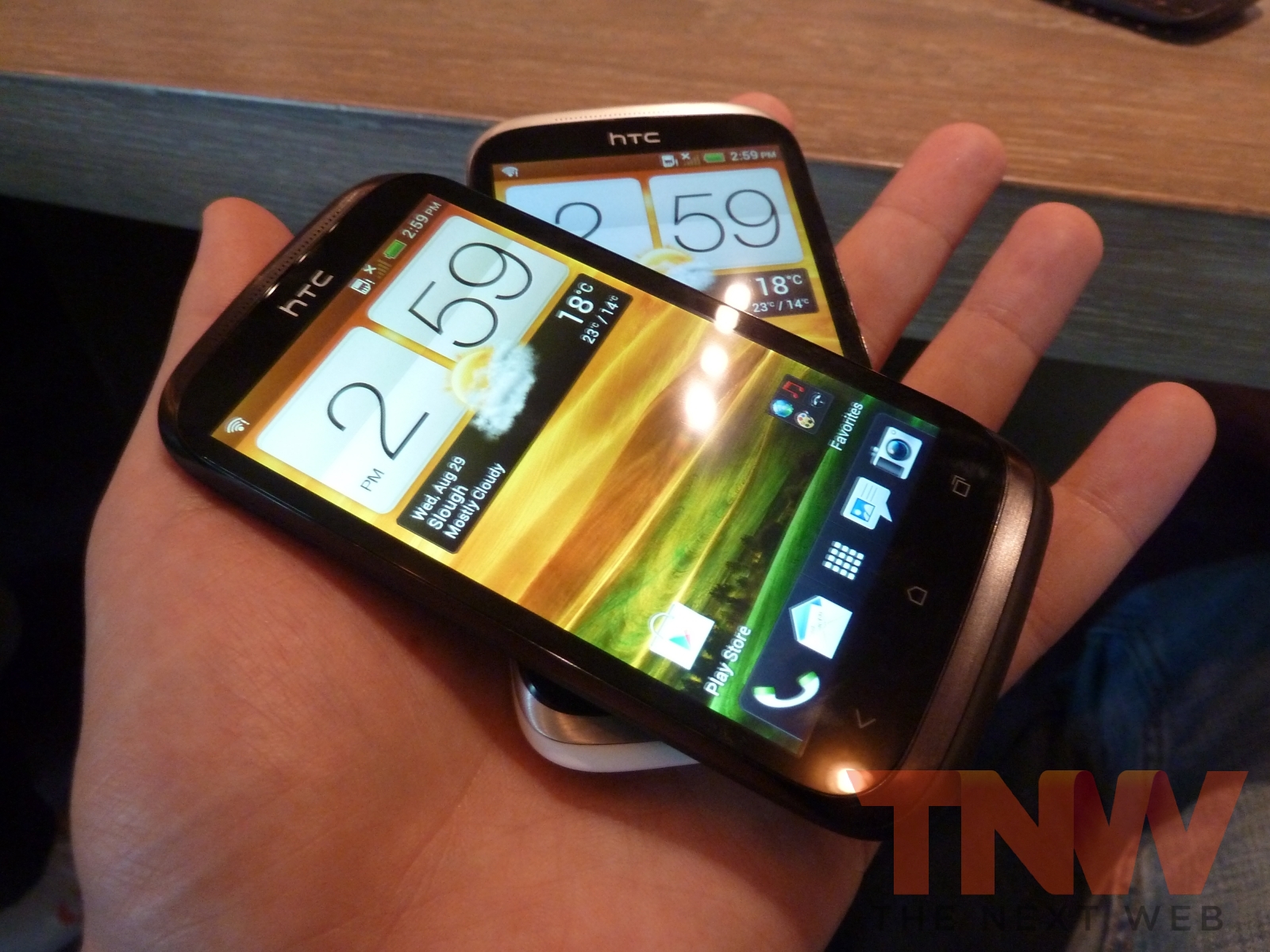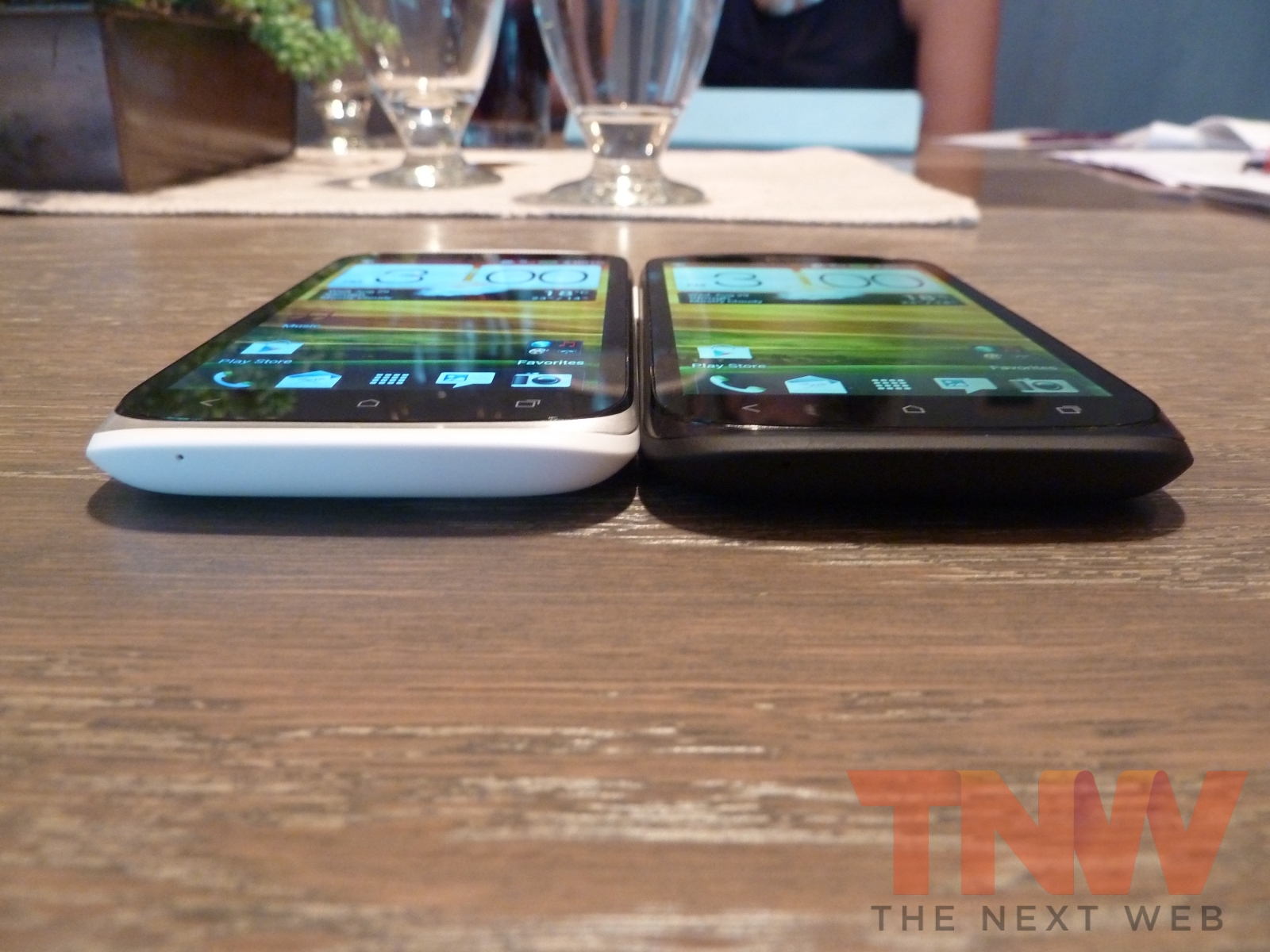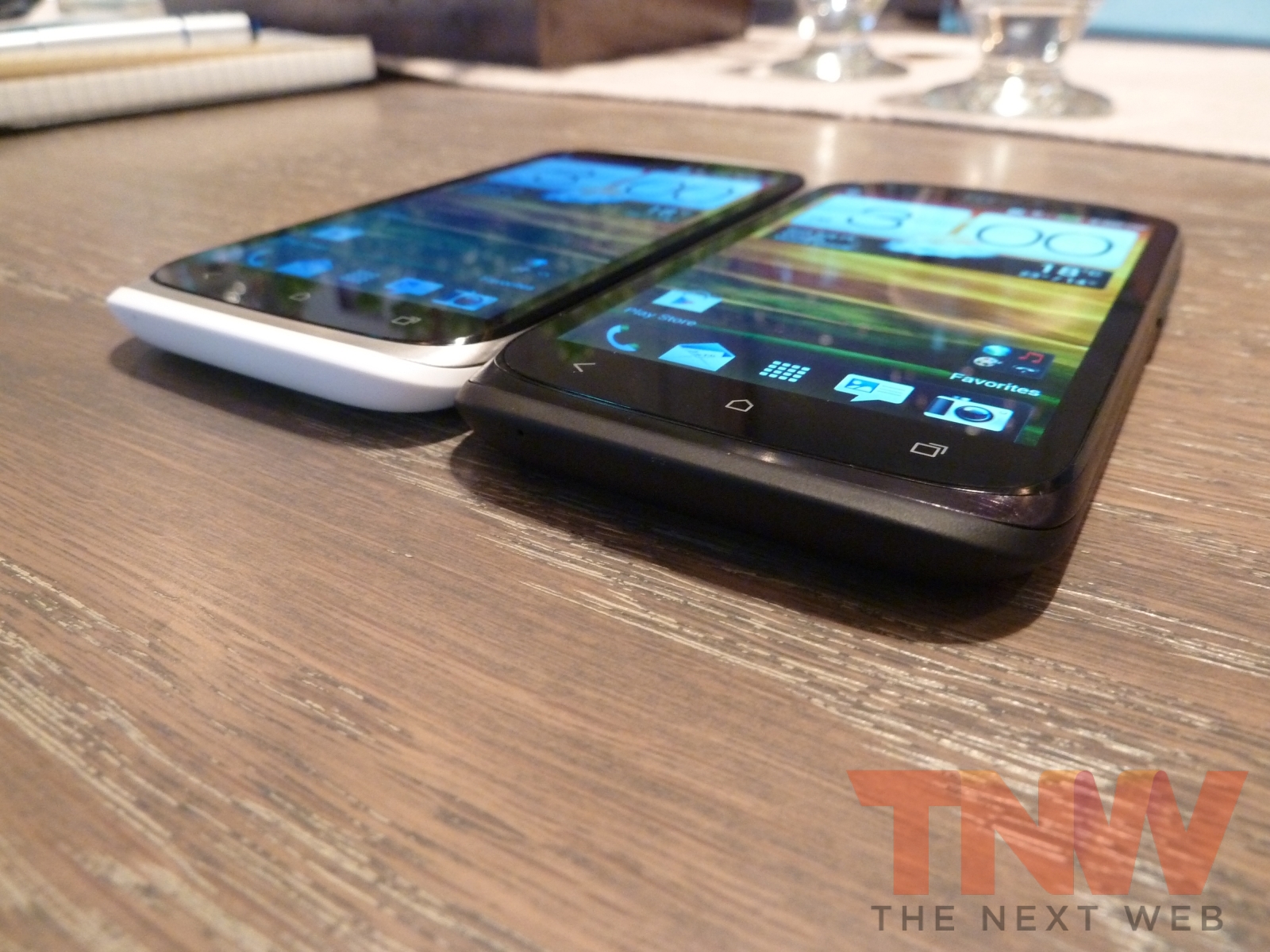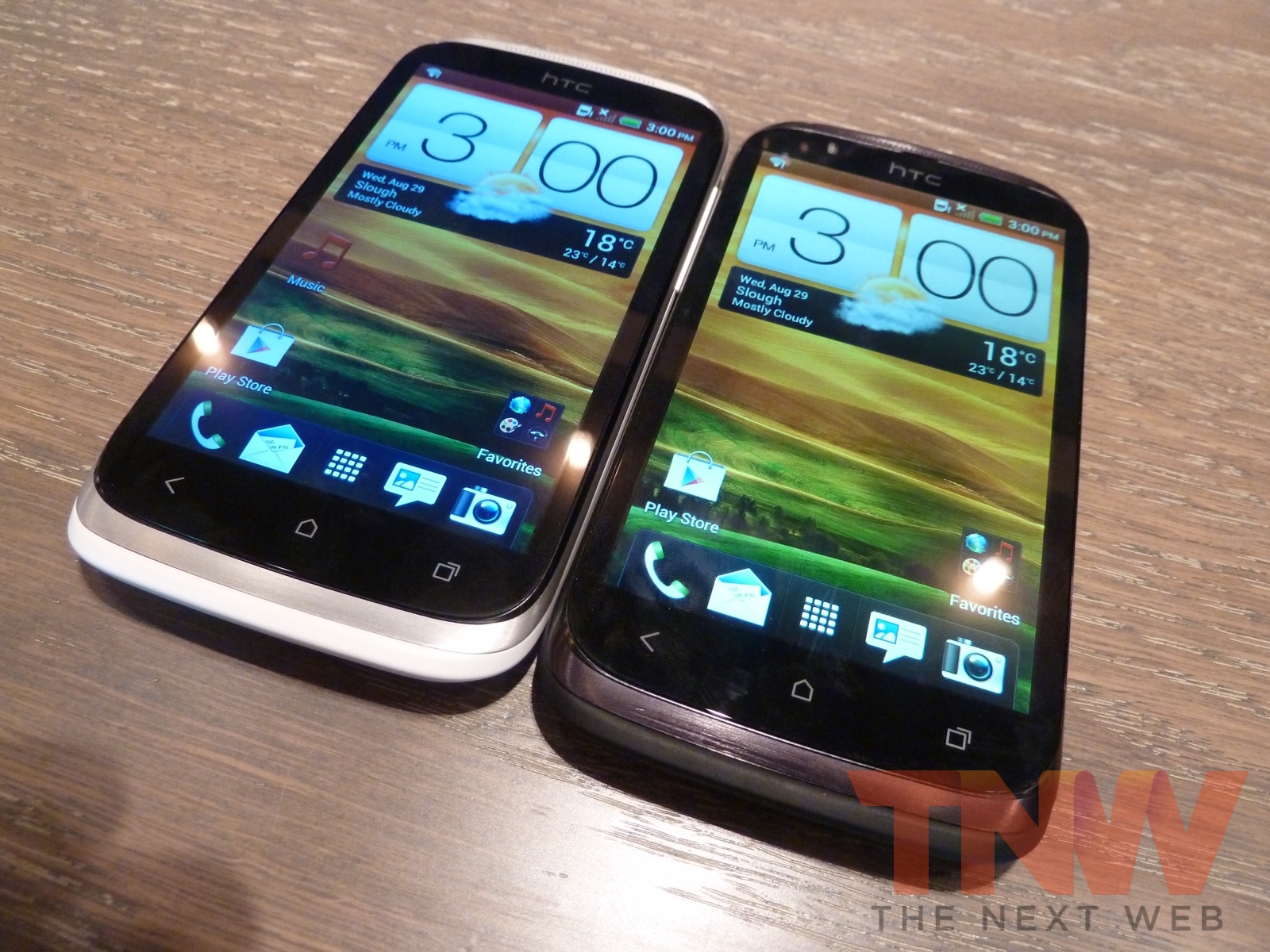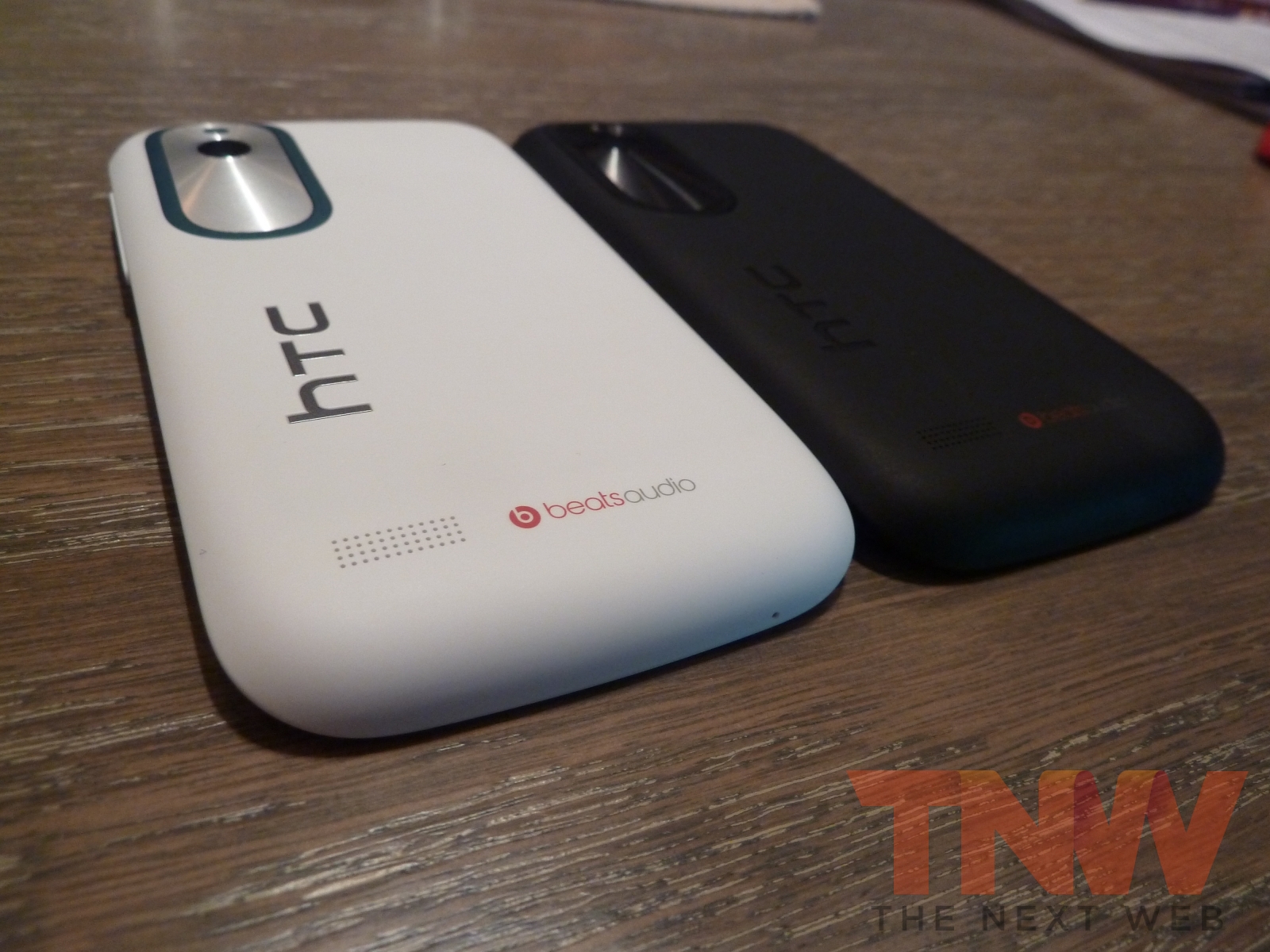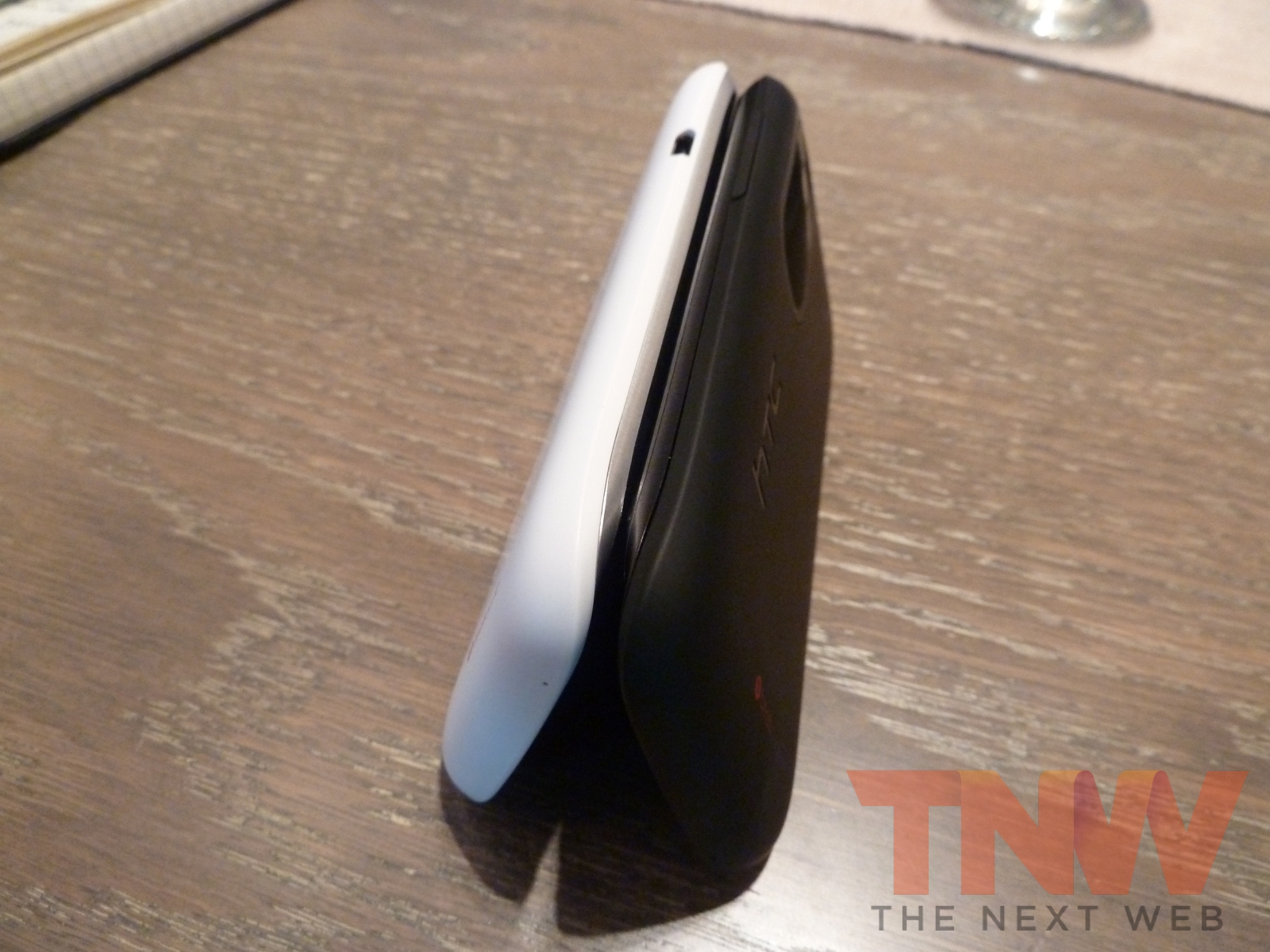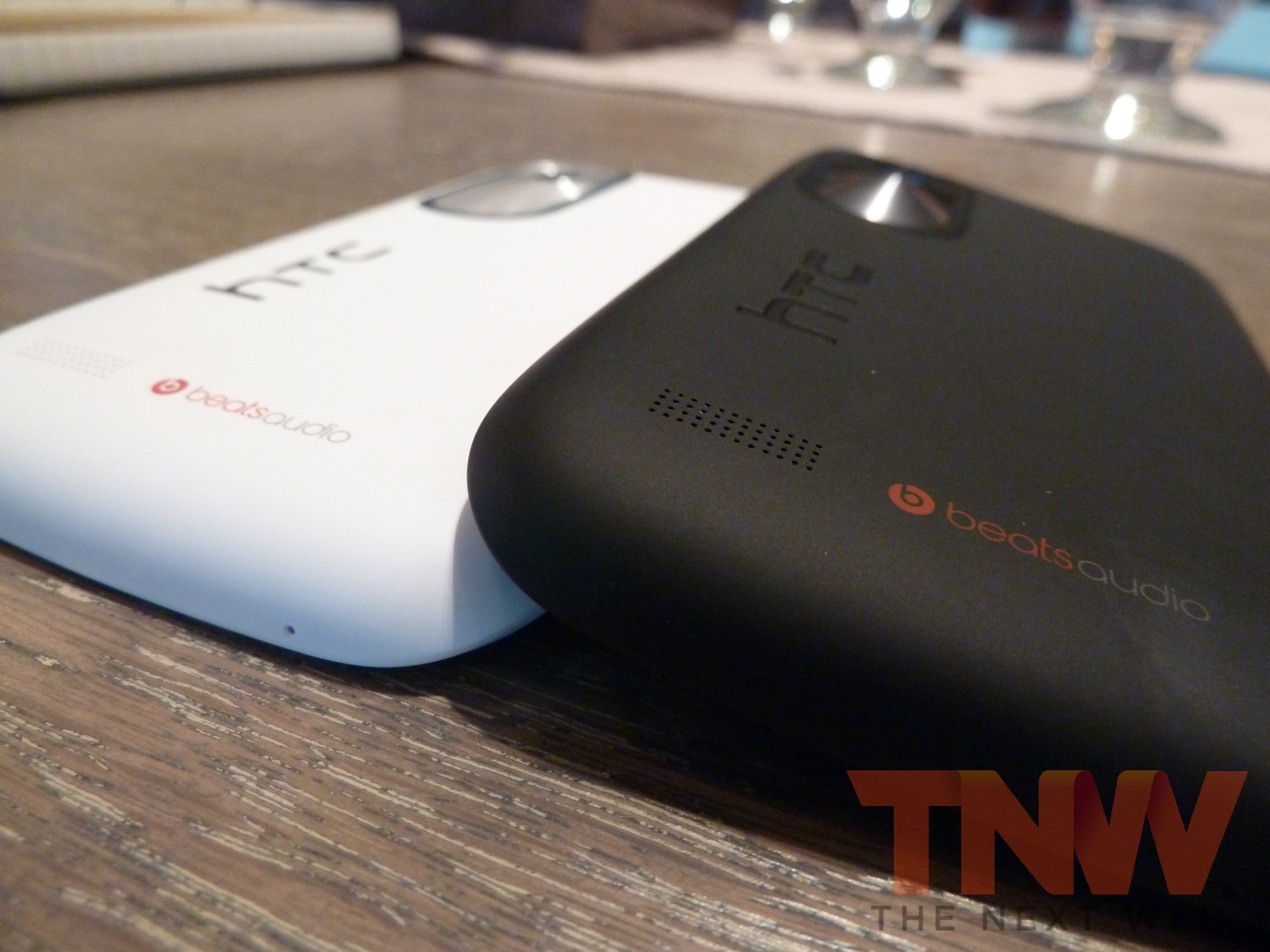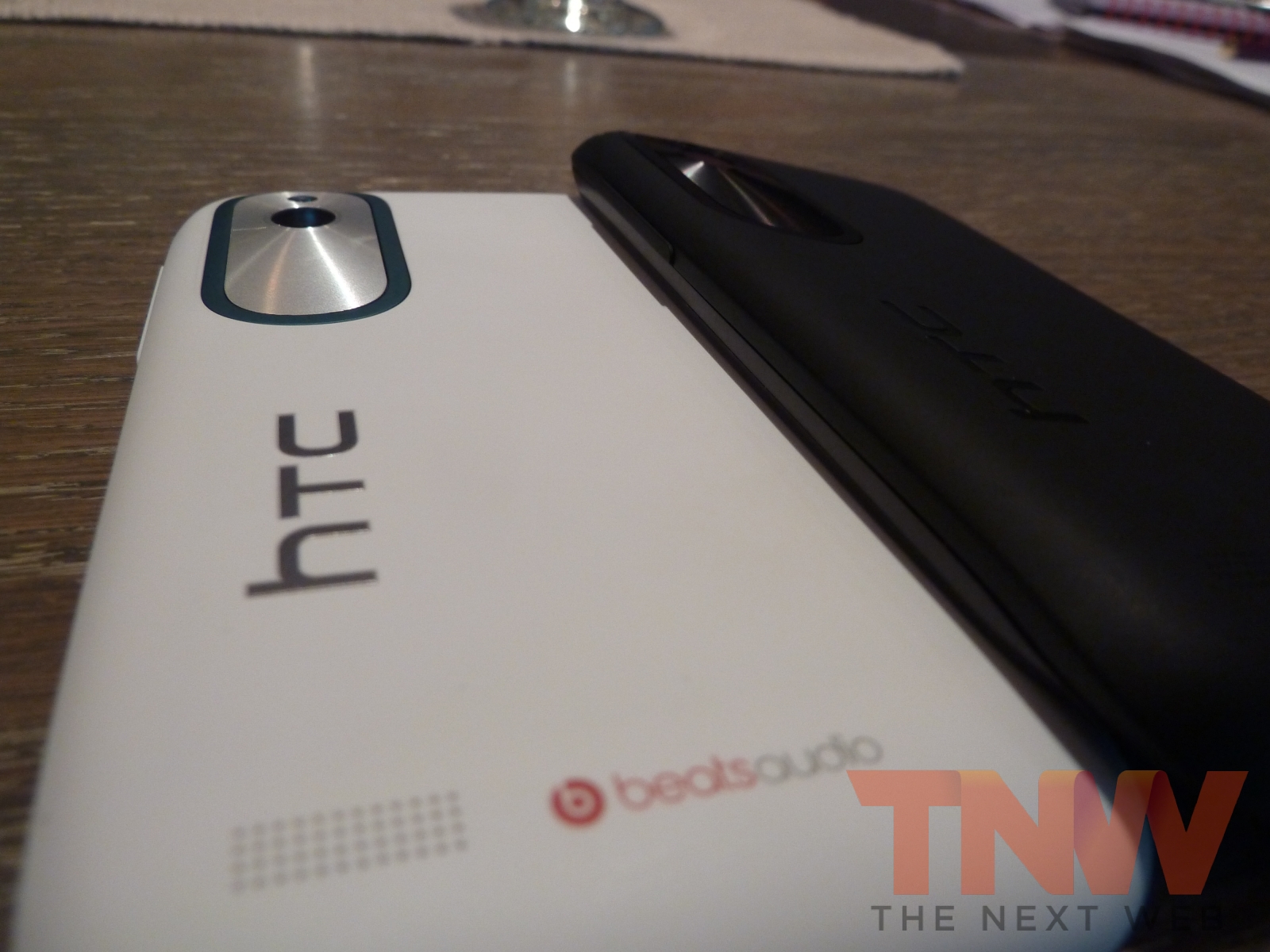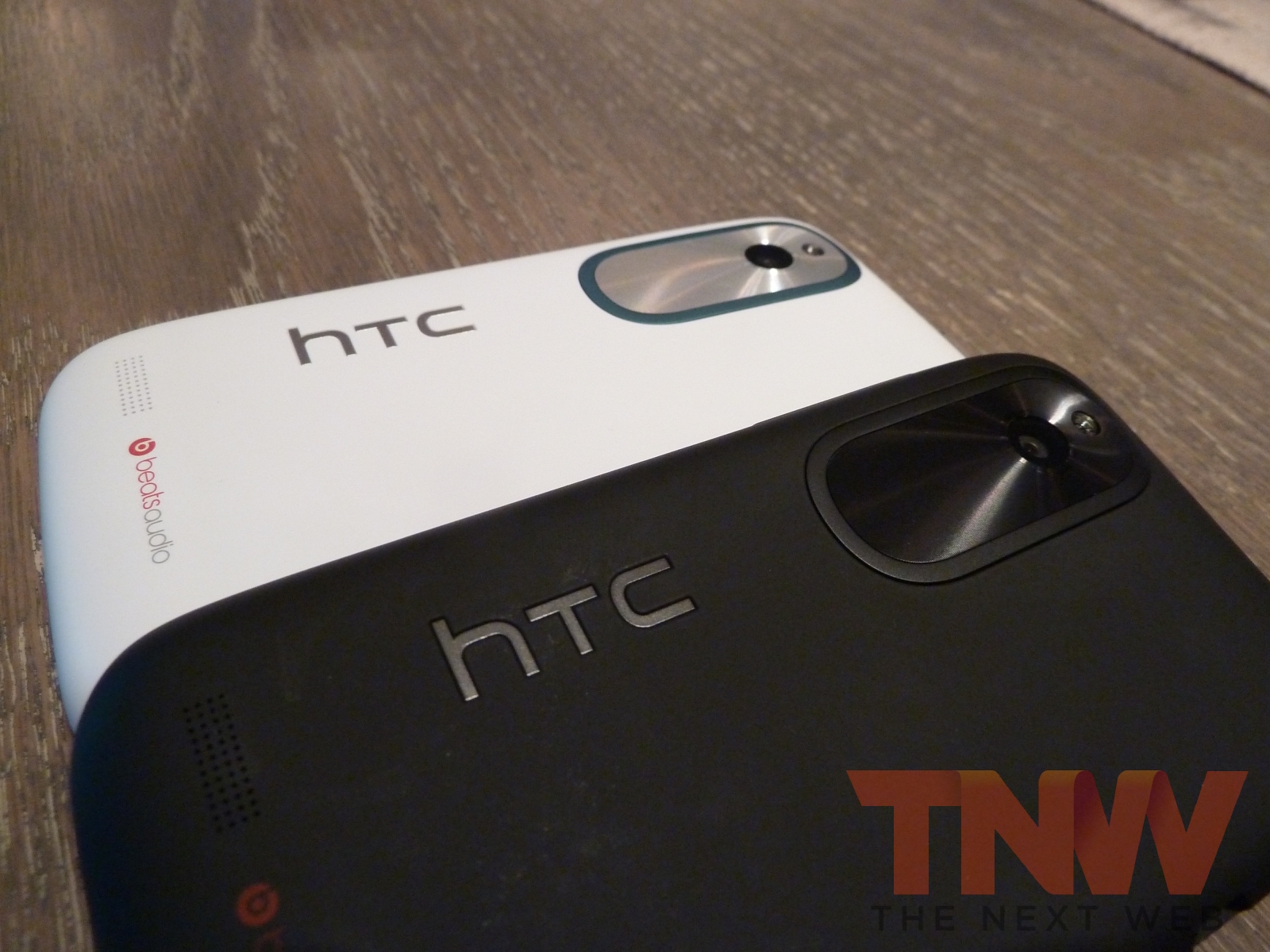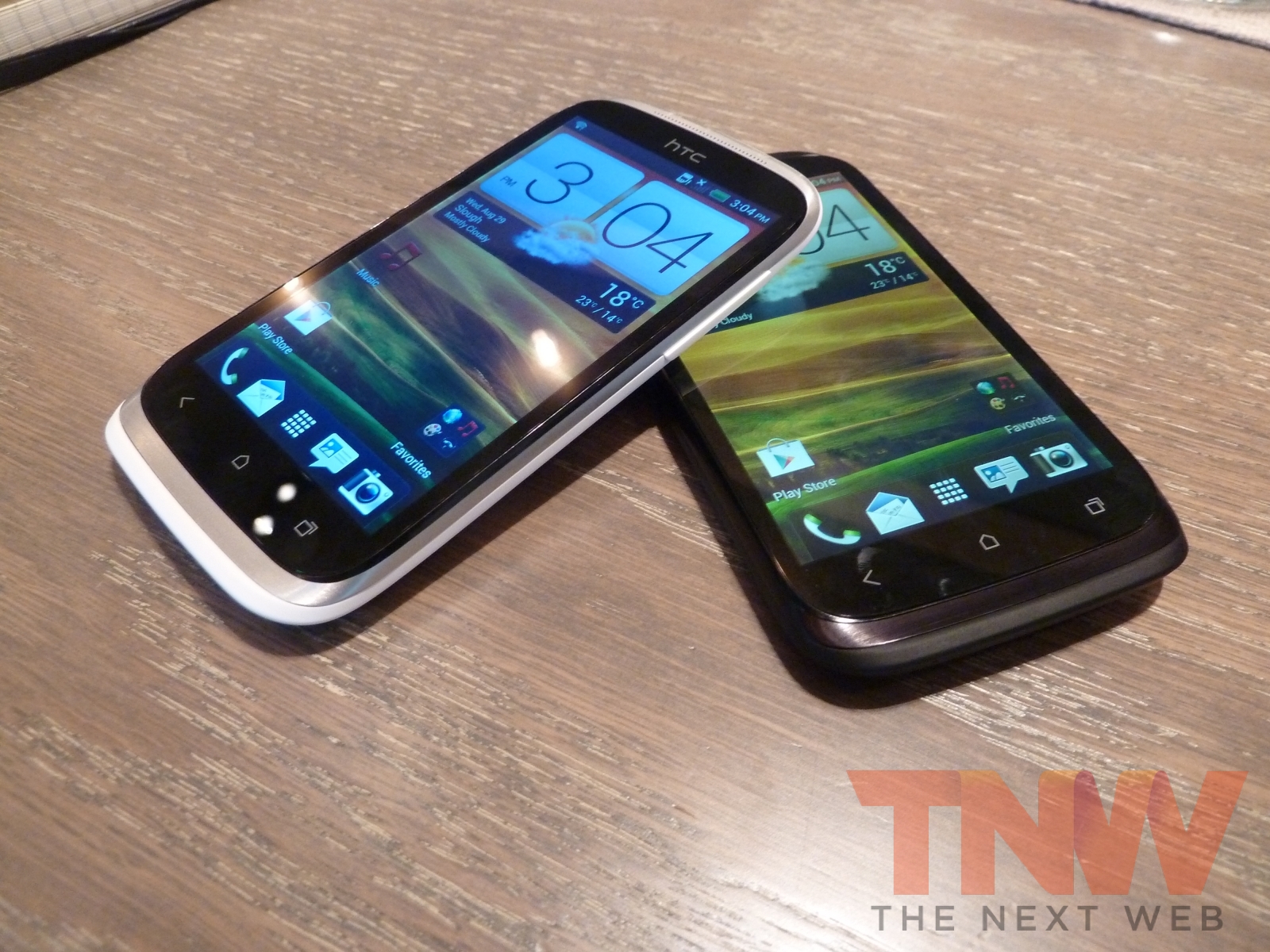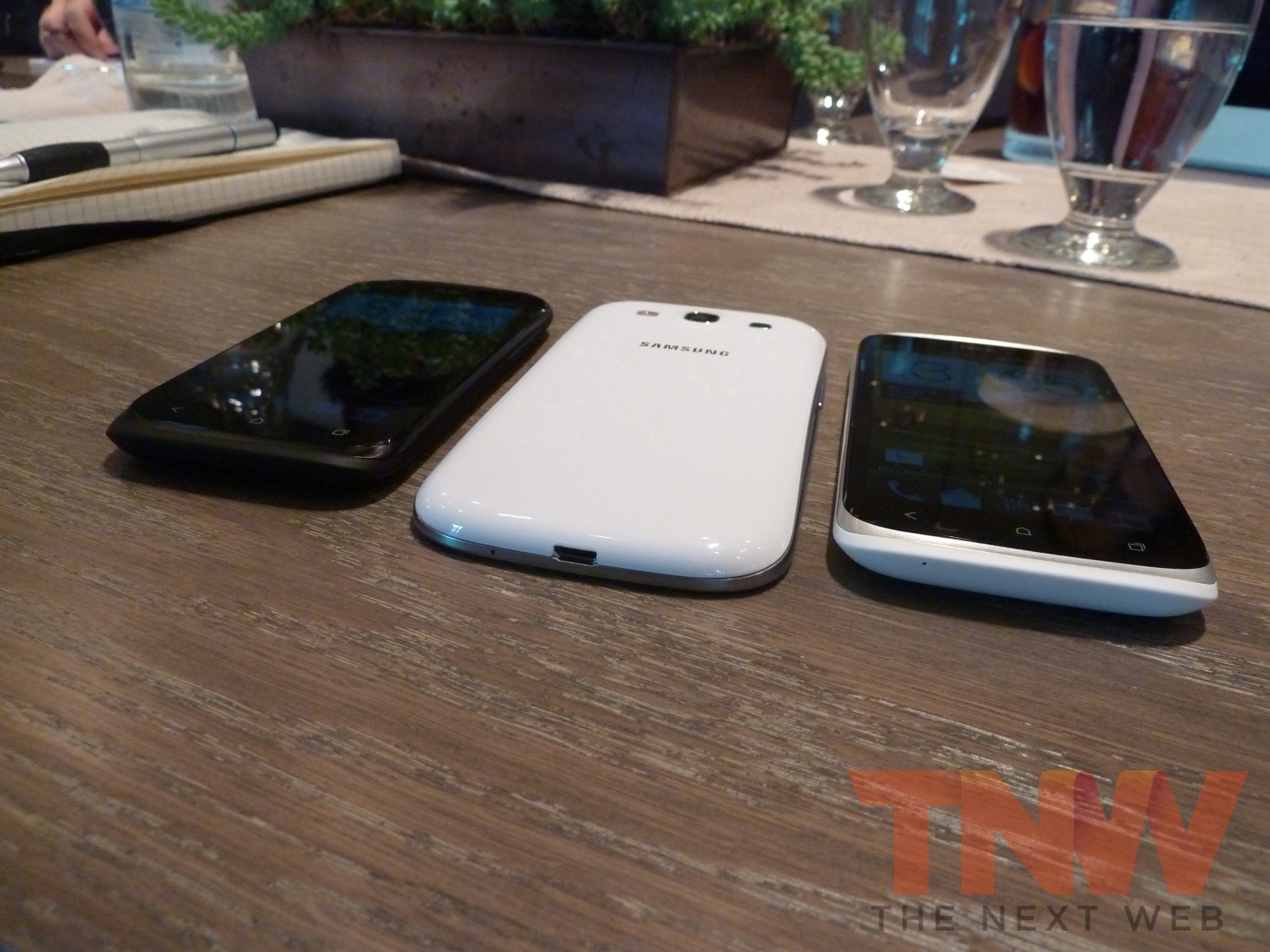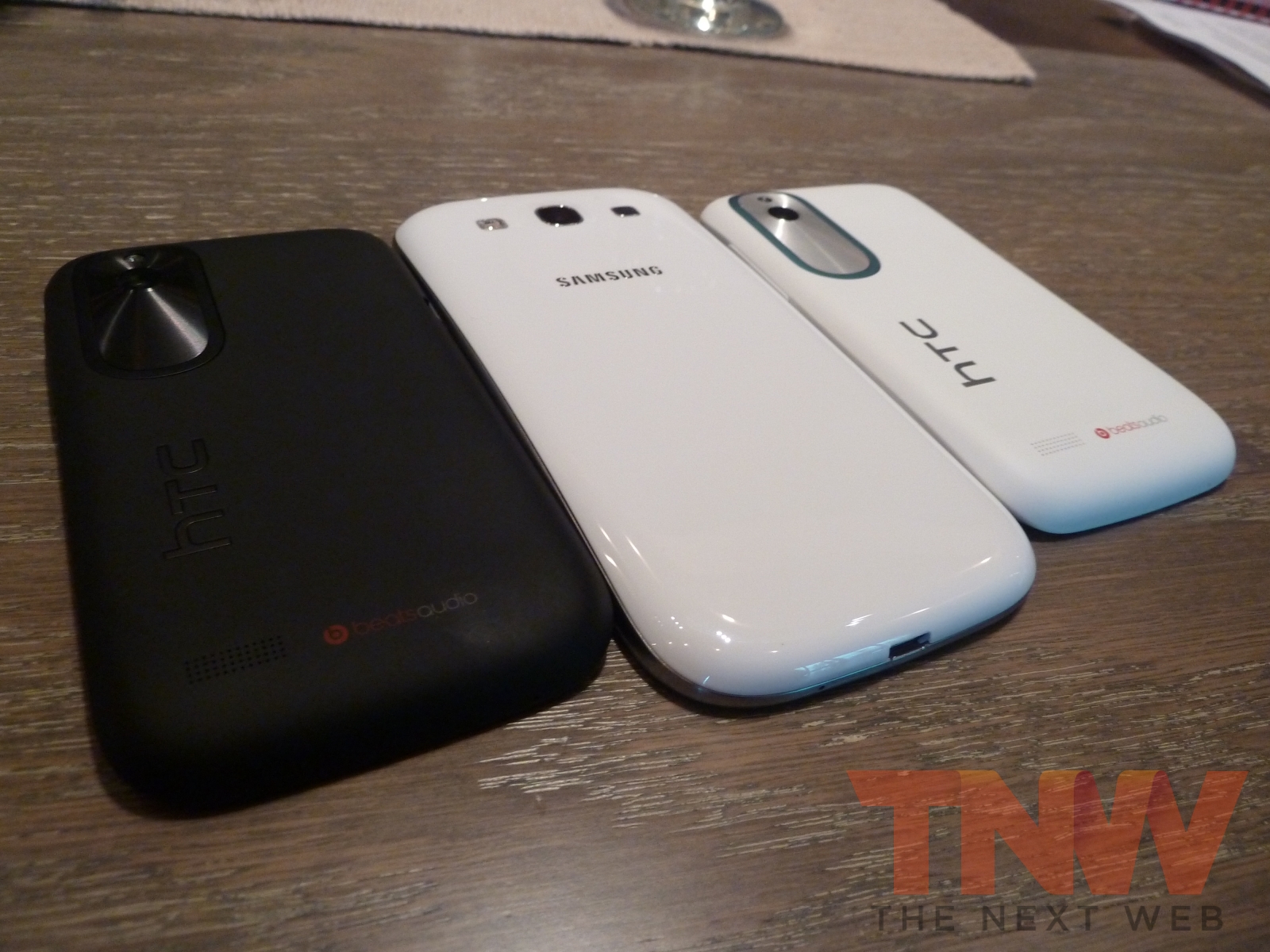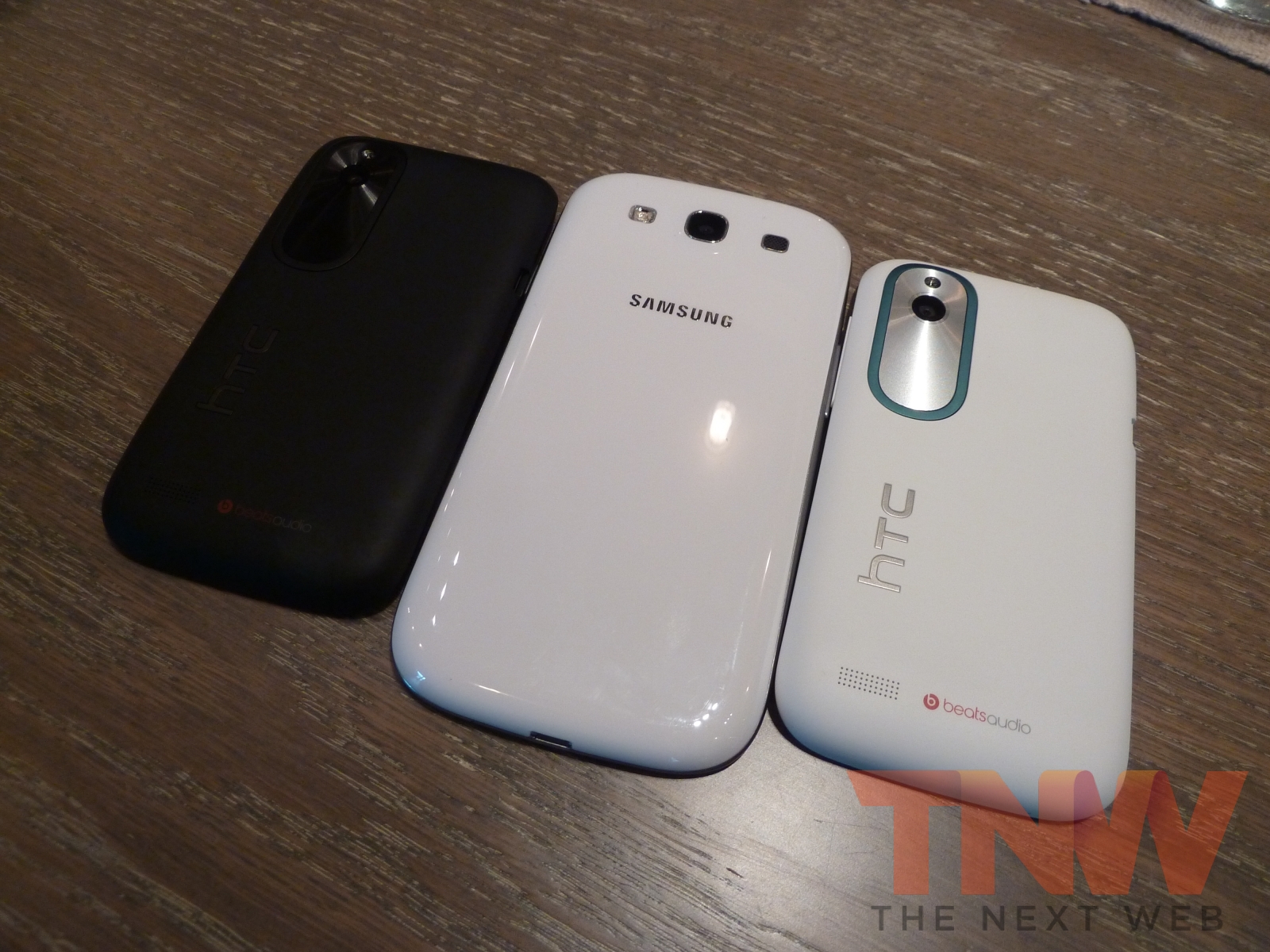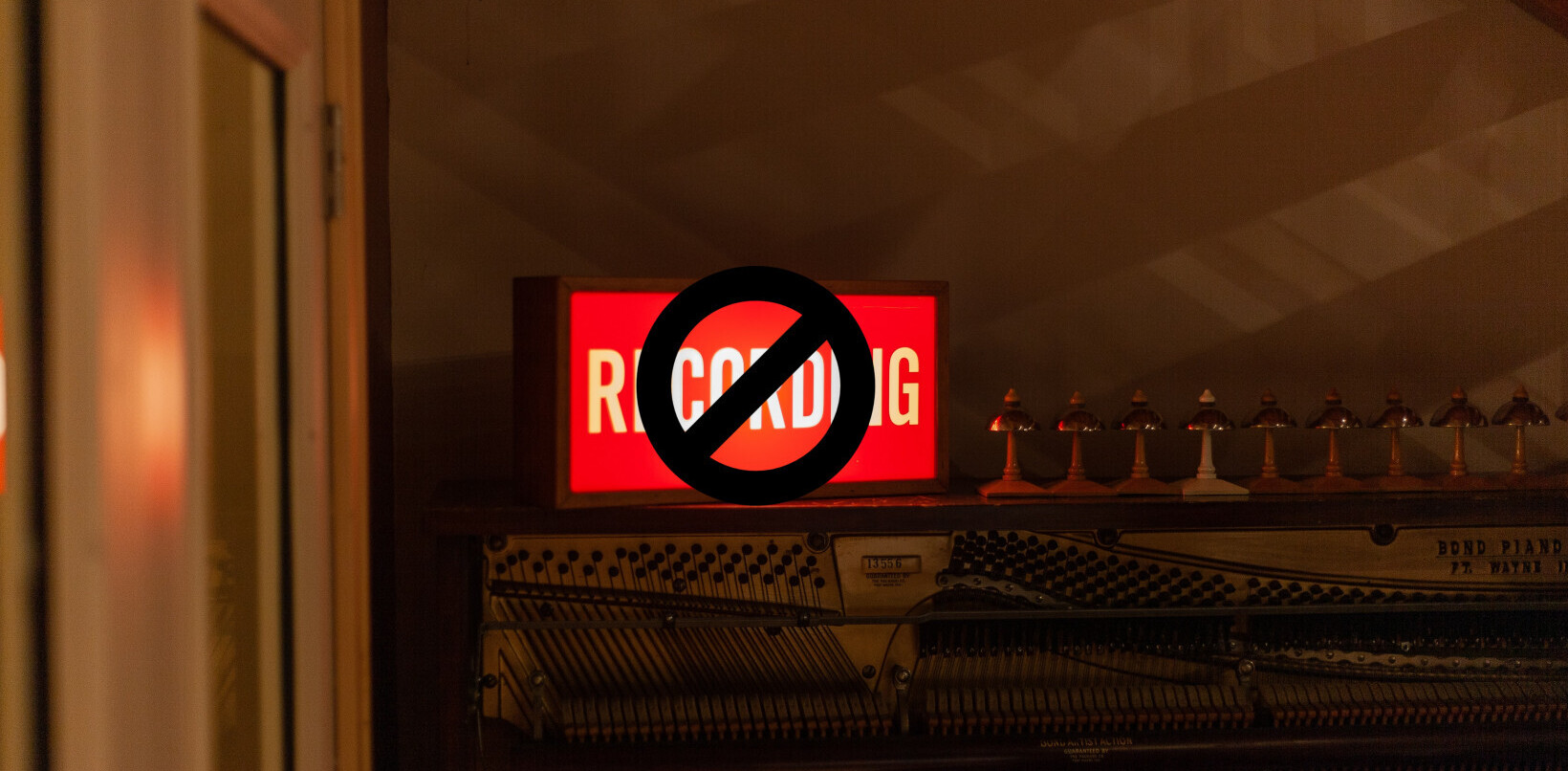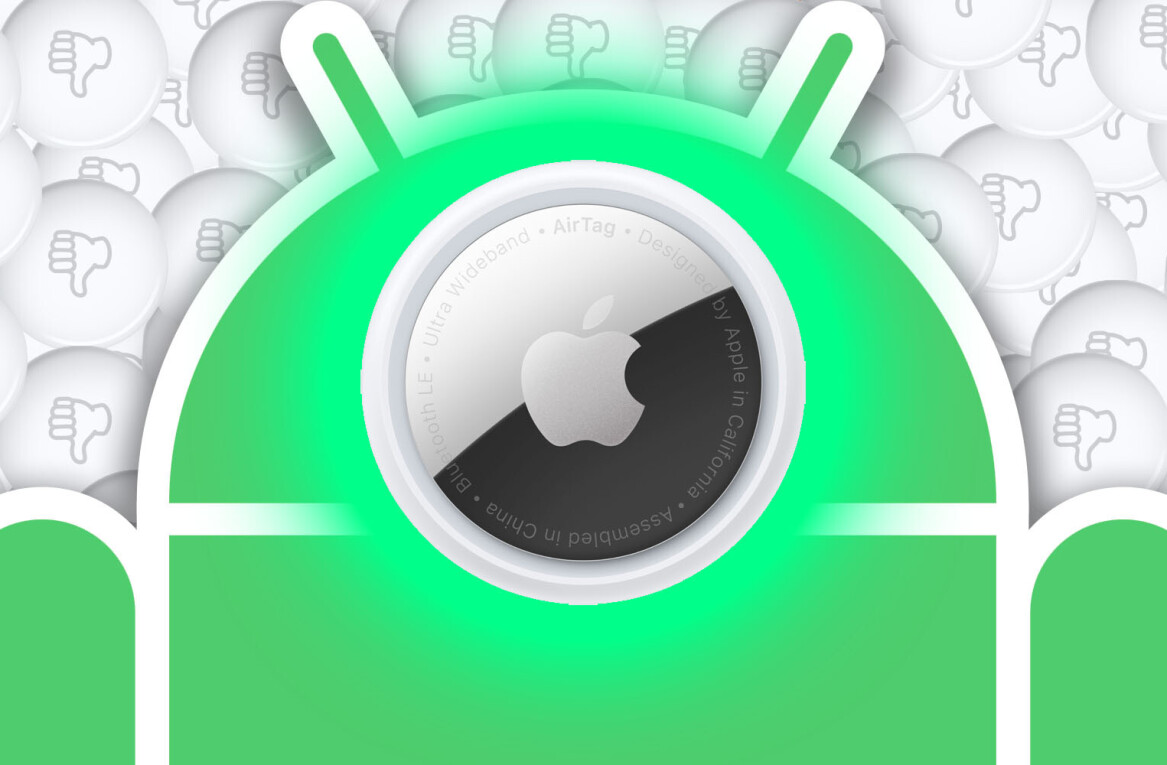
In recent years, it would be accurate to say HTC had embroiled itself in a race to the bottom, releasing smartphones left, right and centre in an attempt to capitalise on its then impressive market share.
Following a series of dismal quarterly results, the company took stock and attempted to reverse its decline with the release of its new One Android smartphone range. The One range — which consists of the One X, One S, and One V — appeals to different demographics, but it was the One X that stood out with its impressive design, speedy processor and imaging qualities.
With the IFA consumer electronics trade show in Berlin hitting top gear, HTC is using the stage to launch a new Android device that is aimed at the low-to-mid range smartphone market: the HTC Desire X.
HTC tells us that the One X range brings the ultimate in smartphone technology, but not everyone is looking for a top level device. It could be argued that the One V is aimed at the less smartphone savvy consumer, but the Desire X launches at a time where the other devices in the Desire (and also the Wildfire) range are coming to the end of the 24-month contracts they were originally signed up on.
What is it we are looking at?
The Desire X sports a similar design to the One range, almost pebble-like in shape. While it looks small, it features a 4-inch WVGA (480 x 800 resolution) Super LCD screen, a dual-core 1GHz dual-core Qualcomm MSM8225 processor, 768MB RAM, a 5-megapixel camera, 1600 mAh battery, 4GB internal memory, microSD support and Android 4.0.4 (Ice Cream Sandwich). Yes, really.
HTC says that while it has announced the upgrade cycle for its One X and One S smartphones, other devices are still in a state of flux. That isn’t to say that it won’t receive the update, but for now it’s not clear.
The Desire X is HTC’s attempt at taking technology from its One range and “bringing it down to a mass market device.” This means you get the same f2.0 lens, BSI sensor, five level flash, burst mode photo feature, photo-taking in video mode and Sense 4.0 (which is said to have received an incremental upgrade) that is found in its more powerful cousins.
The reverse of the device is distinctive with a small brushed area around the camera, helping you pick it out from a distance.
HTC continues to align its brand with Beats, so you will also have all the tuning filters and analog converters, but you won’t be seeing a pair of Beats headphones in the box if you purchase this smartphone. There’s also a set of cases that come with the device, as shown below.
With the new iPhone, Samsung smartphones and new Windows Phone devices coming from Nokia in the coming weeks, HTC’s play for the mid-range market is interesting. With feature phone users gradually shifting to smartphones, entry-level devices are seeing increased sales, but sales of superphones including the Galaxy S II and the iPhone 4S are holding strong. Is there enough room for the HTC Desire X in today’s market?
HTC is targeting Europe and Asia with the Desire X, which is due to launch “mid-September”, offering a fairly decent set of specifications in a sleek and easily pocketable device. The company is quiet on pricing, but we believe it will launch in the £150-£200 range.
Get the TNW newsletter
Get the most important tech news in your inbox each week.

